When you want to see polar bears in the wild, there is a name that keeps popping up: Wrangel Island. It is quite famous for having the highest density of bear dens where female congregate to give birth to polar cubs in December.
It is definitely difficult to reach (less than 6 expeditions are reaching the island in a given year, sometimes less than 5). There appears to be a very limited set of options (if you are not in direct contcat with the Russian government) to reach an island which is not only North of the Arctic Circle, but is isolated north of the Tchukotka province in the far East of Russia. But you know how it is: We needed to try it. So, we went on the Professor Khromov vessel used by Heritage Expeditions, in August 2018.
Did we see bears? Oh, yes! More than a hundred, probably. Was it good for photography? The answer is definitely murkier. Most of these bears were properly terrified by anything remotely human (a walking human being, a zodiac, even a ship). This has limited strongly the possibilities for photos. And we had to fully appreciate the few good photogenic encounters that we had.
Here are a few of the polar bear photos I brought from Wrangel and surroundings:
Polar bear (Ursus maritimus), ours polaire.
Wrangel Island, Russia.
August 2018.
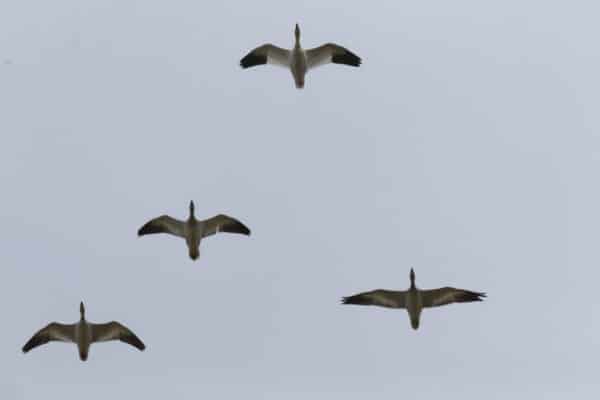
A few lessons out of this:
- Heritage guides should rely less on walking/trekking to approach wild life (No security issue here; We just would not approach most wild life this way). Zodiac cruises are difficult but more efficient and less stressing for the animals.
- Bring a long lens (a big tele or a camera with a 400mm+ focal equivalent). Most point-and-shoots, many mirror-less and some heavy SLR options are available.
- Use a pair of binoculars for approach.
- Organize groups as small as possible (more people = more animal stress = less wildlife to see). Here, kudos to Heritage Expeditions which tend to spread the zodiac on a wide area, which quickly becomes more efficient.
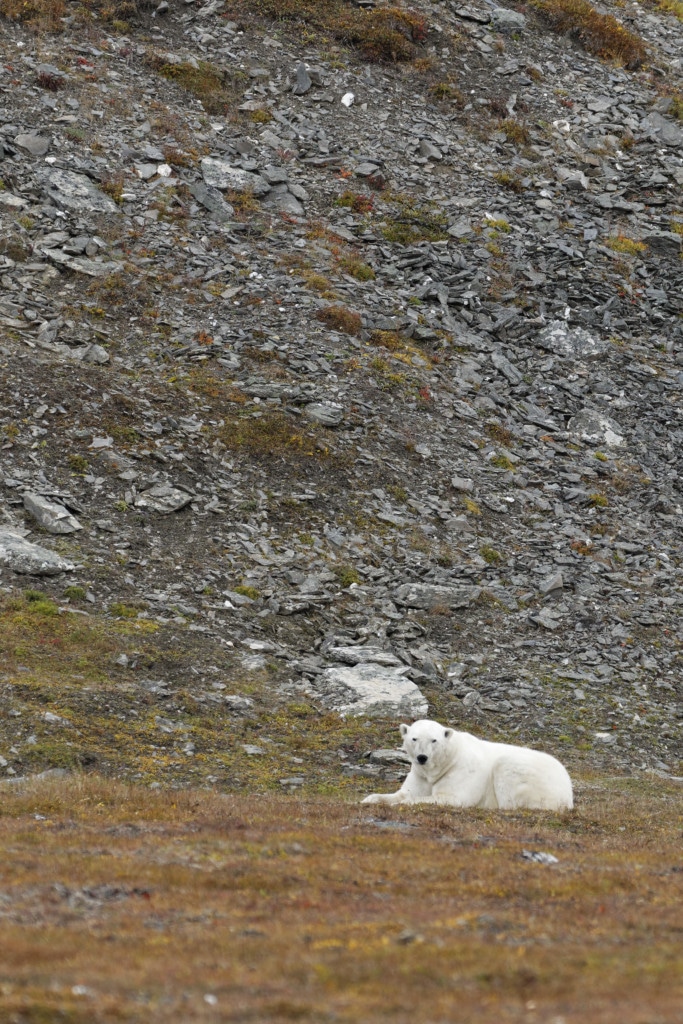
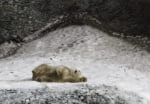
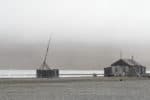

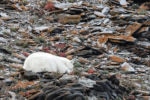



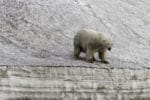
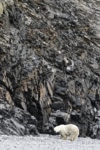

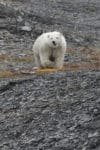

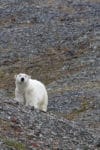
Leave a Reply